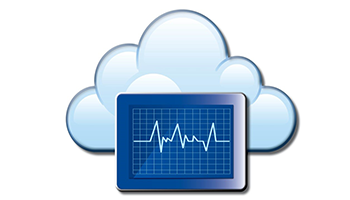CDC works around the clock to get the right information into the right hands at the right time. To meet increasing demands for speed and accuracy, we must constantly improve how we track and report illness and other health conditions. CDC’s Surveillance Strategy is navigating change by improving the value of our data, beginning with how we interface with states.
Four Major Initiatives

Standardizing Health Data and Exchange Systems
Learn how the Nationally Notifiable Disease Surveillance System Modernization Initiative (NMI) is streamlining data exchange.

Enhancing Situational Awareness
Learn how the National Syndromic Surveillance Program (NSSP) promotes the use of non-traditional data sources to enhance the BioSense platform.

Accelerating Electronic Laboratory Reporting
Learn how Electronic Laboratory Reporting (ELR) is moving the nation’s 20 million laboratory reports received annually to full electronic submission.

Modernizing Mortality Surveillance Systems
Learn how the National Vital Statistics System is transitioning to electronic reporting and sharing findings faster.
Multimedia
Click on Conversations with CDC Surveillance Experts to learn how surveillance works from tracking everyday issues, like food poisoning, to understanding how we capture and report vital statistics
In the News
-
Local Infectious Disease Response Efforts Receive $200 Million Boost from CDC, Contagion Live
August 4, 2017 -
What our Google searches reveal about the drug epidemic, The Washington Post
July 31, 2017 -
Study: US is slipping toward measles being endemic once again, ArsTechnica.com
July 25,2017 -
CDC awards $12 million to help states fight opioid overdose epidemic, CDC
July 17, 2017
- Page last reviewed: August 7, 2017
- Page last updated: August 7, 2017
- Content source:


 ShareCompartir
ShareCompartir



